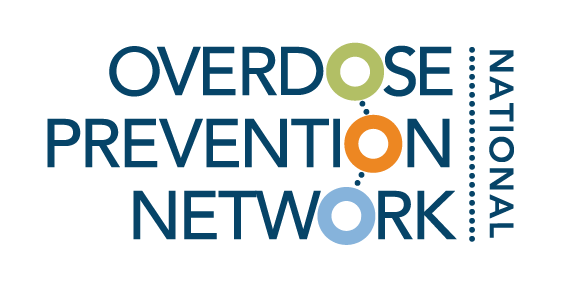
Overdose Prevention 101 Guide
How to get started with overdose prevention work in your community.
Introduction
Substance Use Disorder
Understanding Overdose
▸Fentanyl & the Overdose Epidemic
Community Model for Overdose Prevention
Partnerships & Coalition Building
The Current Overdose Epidemic
Overdose rates have risen steadily since 1999, with 107,000 drug overdose deaths in 2021. The opioid overdose epidemic can be characterized by different “waves.” The first wave was caused by increased prescribing of opioids. The second wave began in 2010 when many people addicted to prescription opioids switched to heroin. The third wave began in 2013 with significant increases in deaths due to synthetic opioids like fentanyl. Some experts say we are now entering a fourth wave caused by the combination of fentanyl with stimulants and the recent rise of xylazine in the drug supply.
The Fentanyl Crisis
The drug supply continues to become more dangerous, and its lethality is largely driven by the rise of fentanyl. Fentanyl is a powerful fully synthetic (lab-made or street made) opioid and is around 50 times as potent as heroin. It is cheap to manufacture in illicit labs and has made its way across the U.S. drug supply. Many individuals unknowingly consume fentanyl in illicit pills, while others intentionally use it for its high potency. Evidence-based overdose prevention strategies such as naloxone, fentanyl test strips, and never using alone are needed now more than ever.
Related resources
Fentanyl (resources, videos, and fact sheets)
Overdose Prevention Strategies for People who Use Fentanyl (webinar)
Fentanyl Test Strips (videos and FAQs)
Fentanyl Changes the Landscape (video)
Serving People Who Use Fentanyl (webinar)
What is fentanyl and why is it behind the deadly surge in US drug overdoses?


